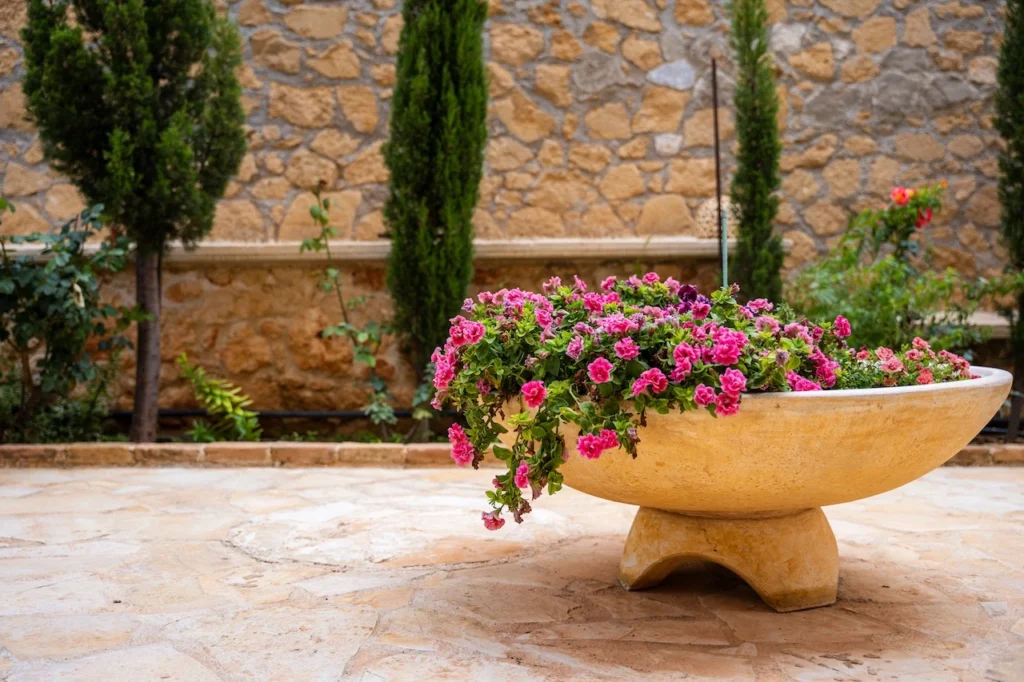The Kontomari Crete History: A Forgotten Tragedy in Crete’s WWII History
Hidden among olive groves and stone paths just outside Chania lies Kontomari, a quiet village that today feels peaceful and timeless. But in June of 1941, this small Cretan village witnessed one of the first Nazi war crimes in occupied Europe — a chilling act of violence that still echoes through history. If you’re traveling through western Crete and want to connect with the island’s deep, proud, and painful past, the story of the Kontomari massacre is a moment worth remembering. It is not just history; it is part of the soul of Crete.
Kontomari Crete History

What Happened in Kontomari?
On the morning of June 2nd, 1941, just days after the end of the Battle of Crete, German paratroopers entered the village of Kontomari. They accused the local population of supporting the resistance and of involvement in the deaths of German soldiers during the intense fighting that had taken place nearby in Maleme. That same day, the soldiers gathered the male villagers — ordinary men, many of them elderly farmers and fathers — and marched them to the olive groves just outside the village. Without a trial or formal accusation, they were executed.

At least twenty-three civilians were killed in cold blood. This brutal action became one of the earliest mass civilian executions by the Nazi forces in Greece and remains among the first war crimes committed on European soil during the occupation.
The Photos That Shocked the World
What might have remained a silent tragedy instead became a lasting symbol of the horrors of war, thanks to a German army photographer named Franz-Peter Weixler. He was present during the executions and, risking his own safety, secretly kept the photographs he took. Years later, these images would surface and serve as evidence in the post-war Nuremberg Trials, bringing global attention to the atrocity.

The photos of the men of Kontomari — standing with dignity and resolve in their final moments — have become powerful symbols of resistance. Their expressions, captured forever in black and white, still speak of courage, pain, and a quiet refusal to surrender to fear.
A Village That Remembers
Today, walking through Kontomari, you are surrounded by the serenity of olive trees and the soft hum of rural life. But beneath this calm lies memory and reverence. Near the village church, a simple stone monument bears the names of the victims, reminding visitors and residents alike of what happened there.

Many of the homes in the village are still inhabited by the descendants of those who were killed. Stories of the massacre are passed down through generations, not with anger, but with the quiet strength of a community that refuses to forget. Kontomari is not just a place of history; it is a place of remembrance, resilience, and identity.
Crete’s Spirit of Resistance
The tragedy of Kontomari is part of a much larger story — one that defines the island of Crete. During World War II, the Cretan people mounted a fierce and heroic resistance against the occupying forces. Villagers all across the island sheltered Allied soldiers, sabotaged enemy operations, and defended their homes with unwavering determination.

This bravery came at a terrible cost. Many villages, including Kandanos, Alikianos, and Anogeia, were burned to the ground and their people slaughtered. Yet even in grief, the people of Crete never bowed. Their spirit — proud, independent, and unbreakable — lives on not only in their stories but in the landscapes, traditions, and daily life of the island.
Visiting Kontomari as a Traveler
Kontomari is located just 25 minutes west of Chania and only a short drive from the beachside villages of Maleme and Platanias. While there are no tour buses or ticket booths, this absence is part of what makes a visit so powerful. The memorial is modest, but the experience is profound. You can walk through the village, stand where history was made, and feel the silence that still carries the weight of that June morning.

There are no souvenirs here — only the quiet truth of what happened, and the memory of lives lost. For visitors who value authenticity and seek a deeper understanding of Crete, Kontomari offers a moment of reflection far beyond the usual tourist path.
Staying in Kontomari: Experience Crete Beyond the Tourist Trail
For those who wish to connect more deeply with the land and its stories, staying in Kontomari is more than accommodation — it’s participation in living history. Giovanta Villa, located within the village itself, offers the perfect way to experience this connection. This luxury five-bedroom villa combines the comforts of modern hospitality with the atmosphere of tradition and memory. With its private pool, peaceful garden, full kitchen, and beautiful architecture, it invites guests to slow down and absorb the essence of Cretan village life.
Just steps away from places where history was made, yet close to Chania’s best beaches and cultural attractions, Giovanta Villa is an ideal home base for travelers seeking meaning, beauty, and depth. Booking directly ensures the most personal experience, enriched with local tips from hosts who truly understand the soul of the area.
Final Thoughts
The massacre of Kontomari may not appear in many glossy travel guides, but it deserves a place in the hearts of those who visit Crete with an open mind and respect for its past. This small village stands as a symbol of pain, dignity, and the enduring spirit of the Cretan people. As you explore the island’s coasts, towns, and mountains, take a moment to come to Kontomari.
Remember those who stood without fear. Honor the courage that grew from loss. And allow this chapter of Crete’s story to become part of your own journey. To learn more, and to stay at the very heart of this living memory, visit giovantavilla.com and experience a side of Crete that few ever see — but none ever forget.

